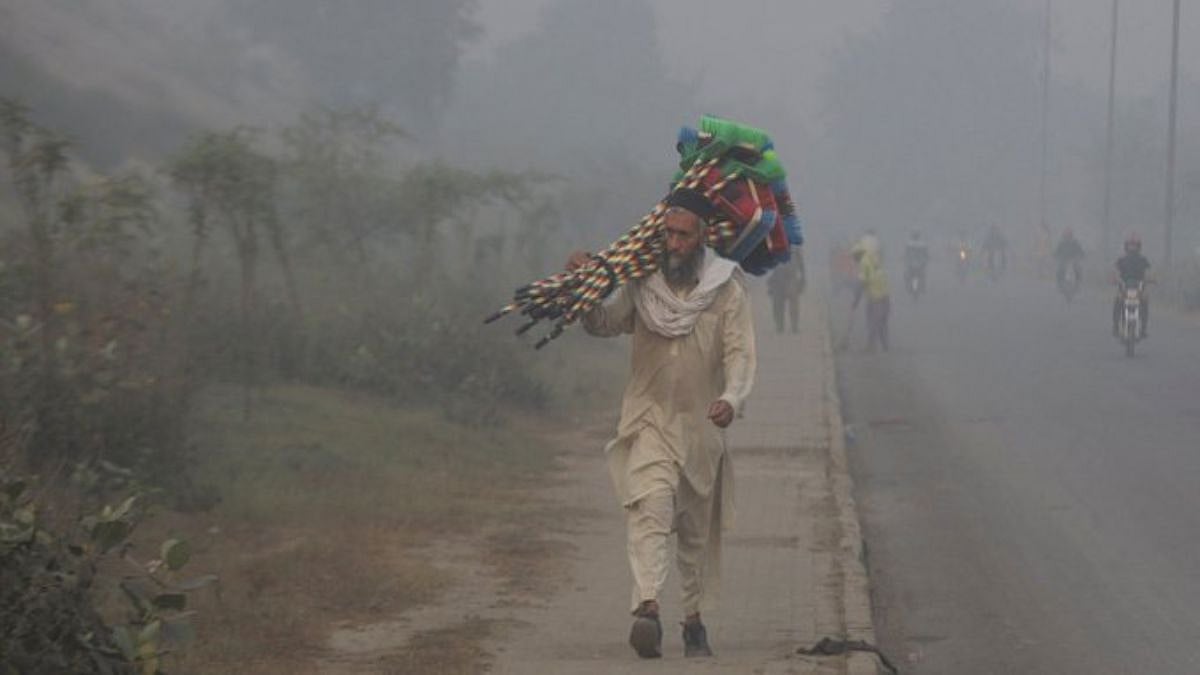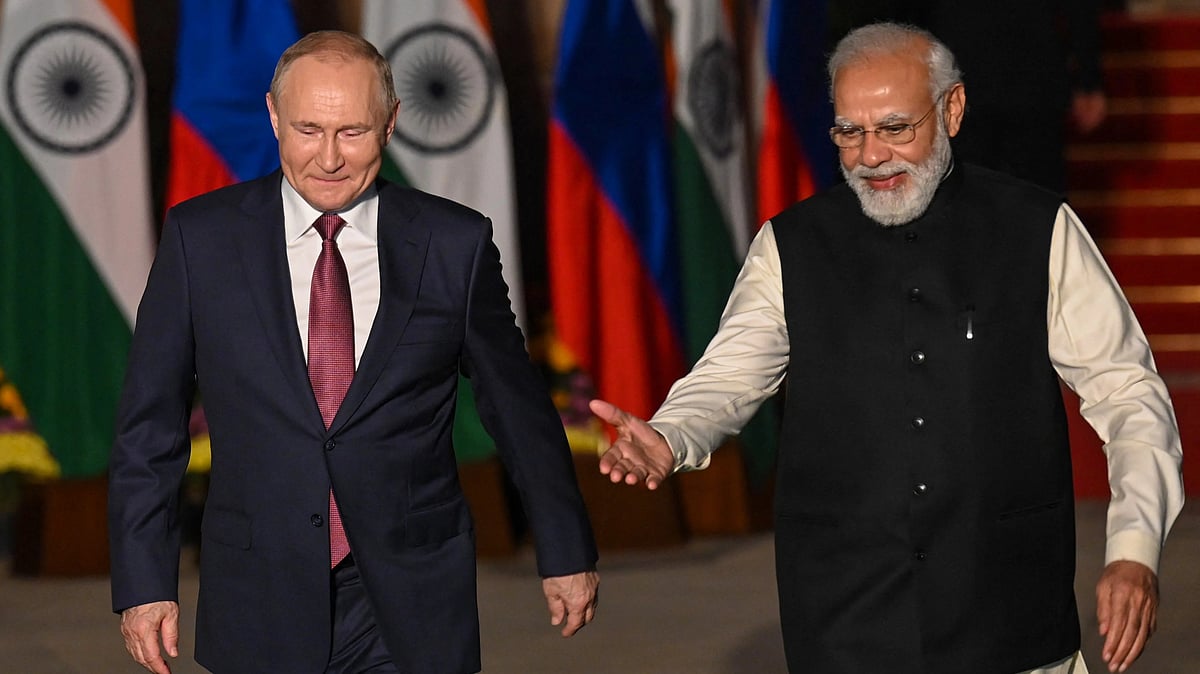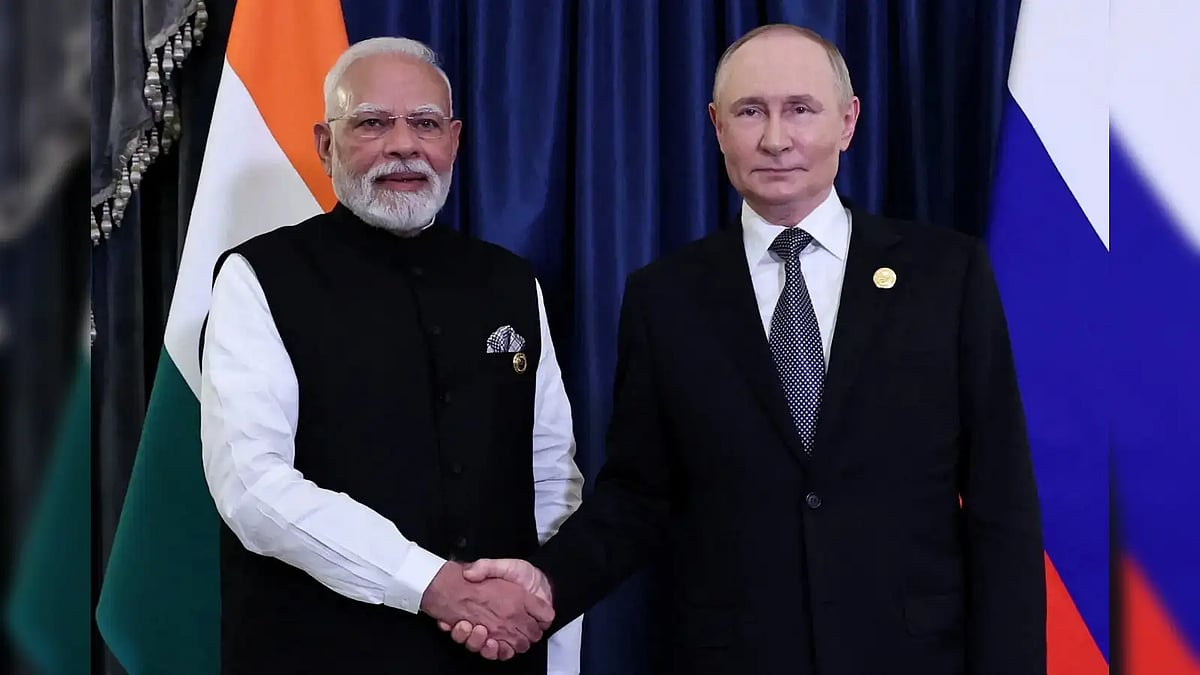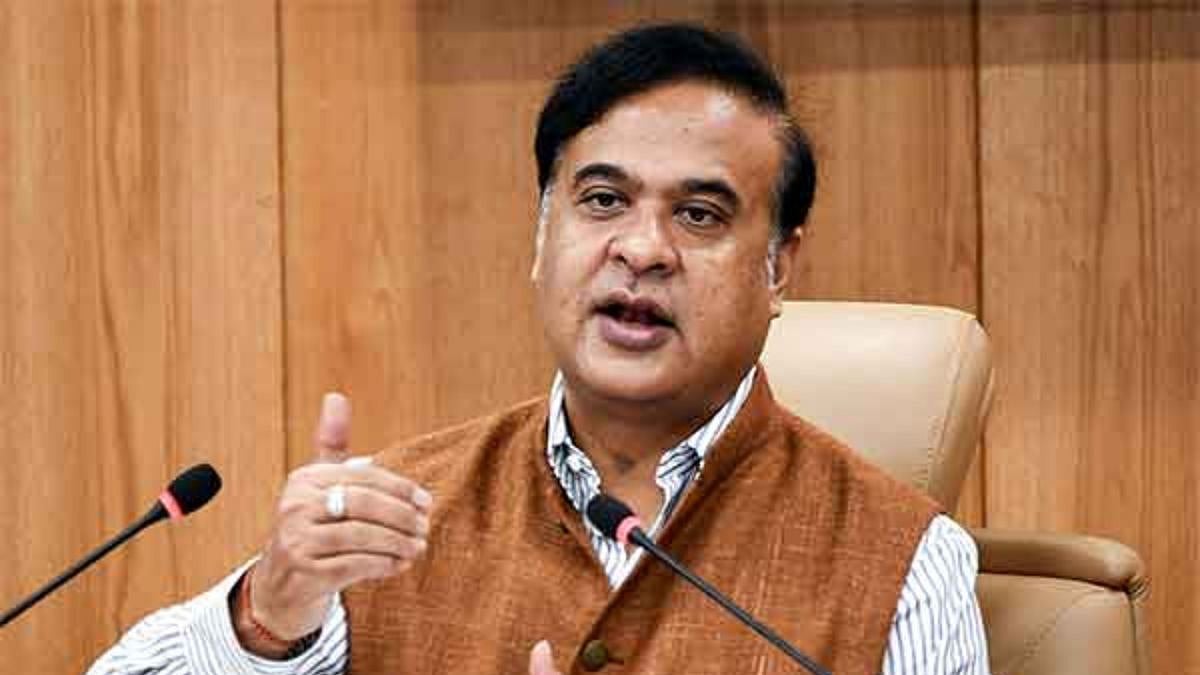The United Nations Population Fund has confirmed that India has overtaken China as the most populous nation by placing the population figures at 142.86 crores for India and 142.57 crores for China. Nobody knows when exactly the overtaking happened, as India’s last census was held in 2011 and there is more opaqueness than transparency about the Chinese figures. The beauty is that nobody contests these figures, as they conform to the time-tested projections under which India would be a 1.6 billion country, against China’s 1.3 billion population by the mid-21st century.
The figures disprove the Malthusian theory that population would grow in geometric proportion while agricultural production would grow in arithmetic proportion leading to famine and starvation deaths. Increased irrigation facilities, introduction of high-yielding seeds and better agricultural practices, which were the attributes of the Green Revolution, have helped the nation achieve self-sufficiency in food production.
Yet, the question remains whether the nation should take pride or not in the new milestone it has reached. The UN agency finds that India with a median age of 28 will be in a position to reap the advantages of what is known as the demographic dividend. The question is: How is the nation placed to meet the expectations of such a large population? They all need a roof over their head and at least two square meals a day.
Alas, unemployment and outright poverty are two realities the nation cannot shy away from. It is only natural that comparisons are made between India and China. For instance, people above 65 constitute 14 percent of the population in China, whereas they are only 7 percent in India. However, there is one significant difference. China has a more educated and, therefore, more productive workforce than India. So, it is too early to conclude that India has overtaken China in terms of population growth.
In fact, population growth has been skewed in the country. States like Kerala, Punjab, Tamil Nadu, Himachal Pradesh and Maharashtra have achieved considerable progress in containing the population growth rate. Bihar has overtaken Maharashtra as the second most populous state. The growth rate in Kerala is only 4.75 percent against the national average of 16.3 percent. In contrast, states like Uttar Pradesh, Bihar, Rajasthan and Madhya Pradesh have a less qualified but larger young population. Incidentally, the population of UP is more than the population of Pakistan, the fifth most populous nation. The population of the 2nd ranked Bihar and the 3rd ranked Maharashtra is slightly less than that of Japan.
In other words, there are more unemployable people than unemployed people in the country. This negates the theory that India has the world’s largest pool of qualified people, who can take the nation to the next level of progress. Women have a life expectancy of 74 against men’s 71. Biological reasons account for the difference, which is manifest in China also where men’s life expectancy is 76, against women’s 82.
What is distressing is that only 25.6 percent of women above the age of 15 are in the workforce, contributing to the economy, commensurate with their educational qualifications. This is a loss, particularly when the nation aspires to become the third largest economy by 2029. Women can indeed contribute handsomely to the GDP, as can be gauged from the fact that if every Indian produces one matchstick per day, India would be producing 2.84 crore matchboxes of 50 sticks each. To take advantage of this unique strength, the country needs to do a lot of planning like identifying ways and means through which the human resources can be fully and equitably tapped.
Duty also enjoins upon the government to provide the burgeoning population the right kind of education that can eventually transform the nation. This is possible only if everyone is included in the development process. To put it differently, inclusion, not exclusion, should be the hallmark of India’s march to progress. The new status should strengthen India’s claim to the permanent membership of the UN Security Council. In any case, the world body would lose much of its appeal, if the world’s largest nation is kept out of its decision-making process.









